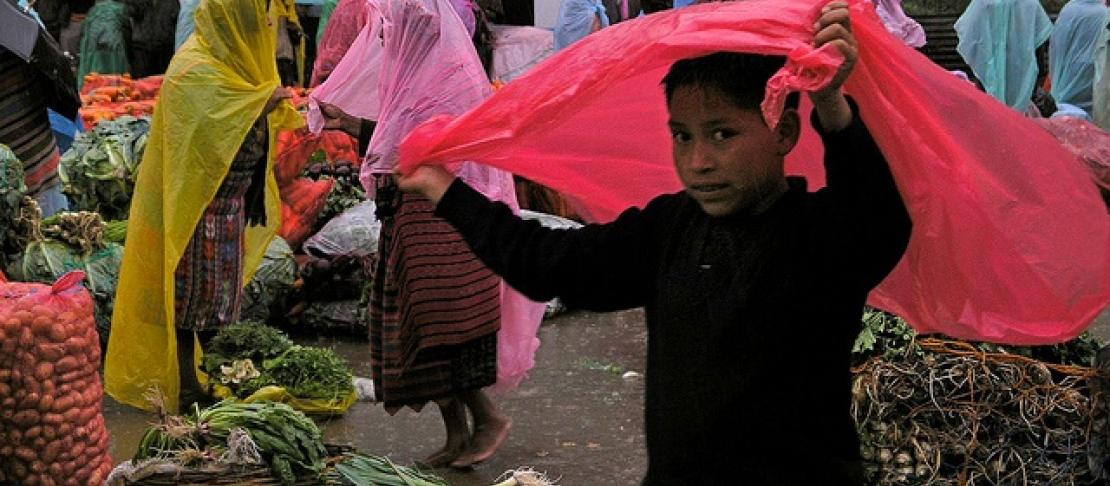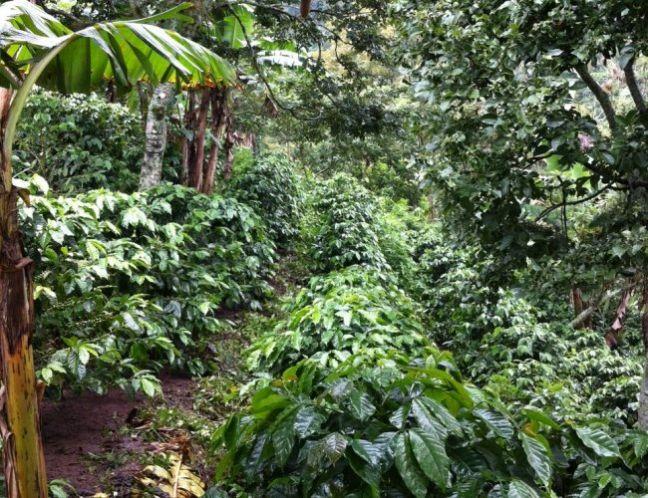Intelligent ideas: scenarios to manage water as climate changes in Guatemala

Imagine a world just six years from now, when water governance is weak and there are no laws to manage water in a drying climate.
In this world, despite growing populations and increased demand for water, governments provide scant support for cooperation to manage surface and groundwater. By 2030 deforestation will reduce the amount of water the soil can retain, cutting crop yields; by 2040, irrigation needs and fast-growing populations will see water demand exceed supply.
Higher temperatures and longer droughts will mean the loss of basic grains and global weather patterns such as El Niño and La Niña, which may affect food security. And in addition to all of the above poverty is set to increase.
This grim picture is the most pessimistic of three scenarios developed at a workshop in Trifinio, Guatemala, on September 25-26, 2014. Intelligently imagining the future in this way can motivate decision makers to make more water available for agriculture and human consumption, possibly by promoting alternative, less-thirsty businesses like tourism and handicraft-making.
They may also improve agroforestry systems and soil conservation to conserve water on farms. Small farmers might decide to harvest rainwater and switch technology to use water more efficiently and productively. In this scenario, however, the challenge of increasing access to water remains.
The Importance of Scenarios and Decision Making
Scenarios are descriptions of plausible futures that reflect different perspectives on past, present and future developments. They are not predictions, projections or forecasts but instead provide context to decision makers on which they can base their plans. Scenarios enable decision makers to work with a variety of plausible futures.
One key challenge is addressing uncertainty, especially when we don’t know the exact impact of climatic change in a particular location, due to unpredictable weather patterns. Developing scenarios that take climate and other socio-economic uncertainties into account can help to directly tackle issues we are less sure of. It allows decision makers to take various uncertainties into consideration in the planning process.
Developing Scenarios on Climate Change and Water
To help decision makers develop scenarios and plans to manage water and adapt to climate change, Moushumi Chaudhury of World Resources Institute (WRI) Vulnerability and Adaptation team, and Tien Shiao and Paul Reig of WRI’s Aqueduct team, conducted the workshop in Trifinio, part of the Central American Dryland Corridor, an area where biodiversity is protected by reducing fragmentation between ecosystems, enabling animals to migrate freely. The Corridor also has areas for agriculture and forest management.
The CGIAR Research Program on Climate Change, Agriculture and Food Security, the Inter-American Institute for Cooperation on Agriculture, and the University for International Cooperation worked with WRI to organize the workshop. The workshop was held in Trifinio because decision makers want to better manage the area’s watersheds.

A watershed in the Central American Dryland Corridor, a protected area meant to foster biodiversity and sustainable development, in Trifinio, Guatemala. Photo: Paul Reig/WRI
The two-day workshop taught techniques to develop scenarios and plans. Three groups developed three scenarios—optimistic, moderate, and pessimistic—by integrating Aqueduct maps, crop data, and enabling factors and barriers to water management. Then, participants used a technique called “back-casting,” where plans in each scenario are plotted on a timeline starting from 2040 and ending in 2020.
As the area has become drier, decision makers have become concerned about the impact of droughts on livelihoods, especially in one of the poorest parts of Guatemala. Water is a contentious issue among sugar producers, smallholder farmers, and governments that want to install dams to generate hydroelectricity. All of these stakeholders demand water. Representatives from ministries of environment and agriculture, coffee companies, groups of municipalities, research institutes, and development organizations participated in the workshop.
This allowed participants to make long and short-term plans, which is important for climate change adaptation, and reducing bias to only plan for the near future. The groups then reviewed the plans to test their strength under different scenarios. Those plans that worked under all scenarios are stronger and are referred to as “robust”. Robust plans withstand various uncertainties in the scenarios, and therefore, can be applicable in various decision making contexts.
Read the full story on the World Resources Institute blog.
Related stories on the CCAFS blog:
- A step in the right direction: helping decision-makers ensure a food secure future
- Hananta Yuyaspa - a new day and start - for the Andean countries
- CCAFS Future Scenarios



